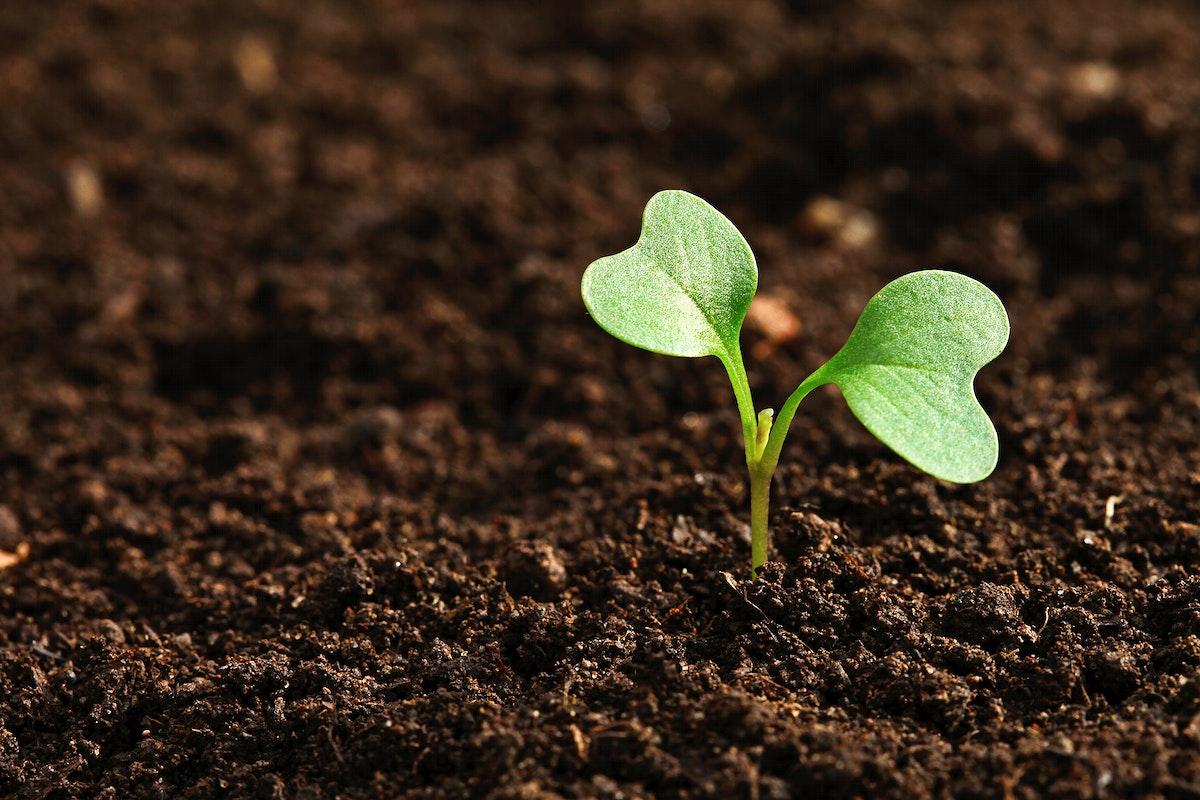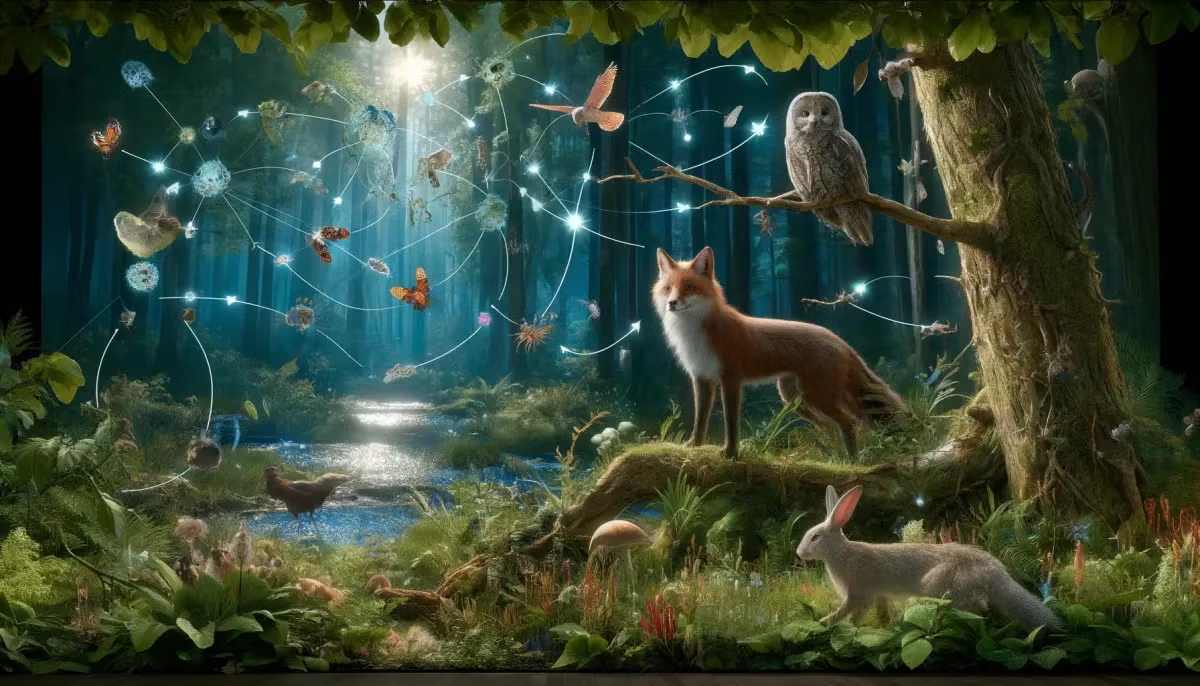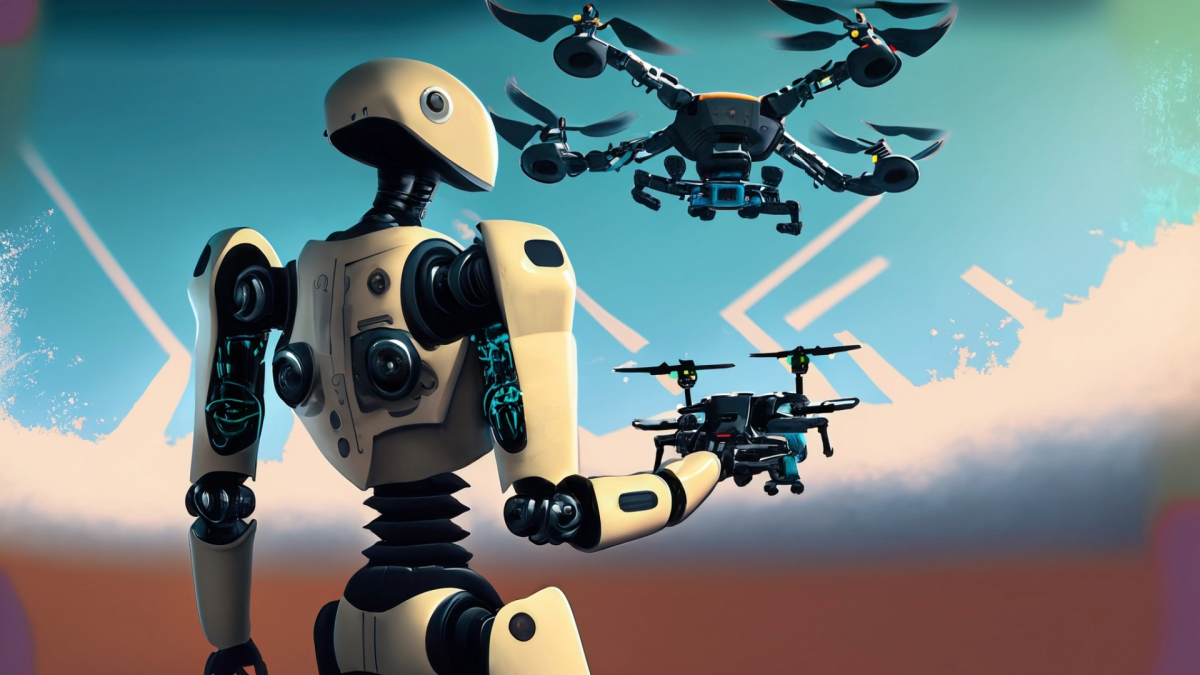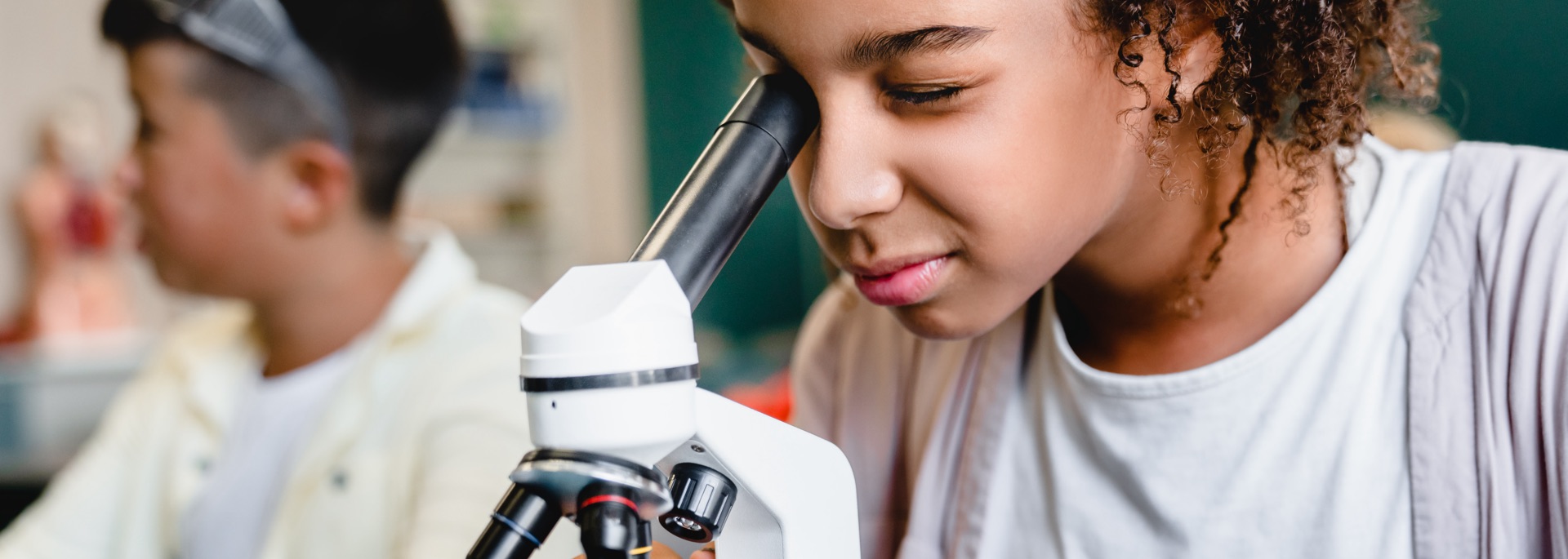Grades:
5th Grade
Students will view and create examples of energy transfer in this activity that explores chain reactions. Students will summarize their learning and draw a model of their results.
Grades:
5th Grade
In this hands-on lesson, students code Edison robots to run races and play tug of war. They will run experiments, measure results, and graph the data. Videos and additional resources are included!
Grades:
4th Grade, 5th Grade
In this lesson, students will be creating and publishing a picture book describing the journey of a seed to becoming a plant. Students describe the journey of the seed through its own eyes by
Grades:
4th Grade, 5th Grade
In this hands-on lesson, students design a safety device (car/seatbelt) that can keep an egg (passenger) safe during a collision. The goal is to protect the egg from cracking during a roll down a ramp
Grades:
4th Grade, 5th Grade, 6th Grade
Summary: Students will design and create a model of a flowering plant that correctly displays its external structure. Materials: Straws, toothpicks, felt, paper, string, wooden skewers, modeling clay
Grades:
7th Grade
Students in this lesson will be recording weather data for the city that each student has chosen for 2-3 weeks. Students will be able to record and analyze weather patterns for a selected city
Grades:
2nd Grade, 5th Grade, 6th Grade, 8th Grade
This can be taught at different grade levels, diving deeper when possible. Just delete what you don’t need. Students will be creating their own crystal by following the scientific method, collecting
Grades:
3rd Grade, 4th Grade, 5th Grade, 6th Grade, 7th Grade, 8th Grade
One Plastic Bag is about a child in Gambia, West Africa, who sees plastic bags piling up on the side of the road. Students will listen to the story and then create their own sustainable, reusable item
Featured
Cut Out Stop Motion Animation
Grades:
2nd Grade, 3rd Grade, 4th Grade, 5th Grade, 6th Grade
Students will create their own cut-out stop motion animation videos using the iMotion app. Students will learn about stop motion animation, plan and create a storyboard, and then actually engineer the
Grades:
7th Grade
Students will design balloon rockets in order to solidify an understanding of Newton's Third Law of Motion . Students will develop an investigation question and then perform their investigation. For
Grades:
5th Grade, 6th Grade
In this lesson, students will collaborate and communicate effectively with peers to complete an engineering design challenge using the Engineering Design Process. Students will be using technology to
Grades:
7th Grade
This is Task 4 (Lesson 4) of four tasks (lessons) of an overall project of “Escaping 7th Grade Science Room." Students will construct a marshmallow device to propel marshmallows at force and collect
Grades:
5th Grade
After watching a video of the space station, students will design and build a model space station containing certain requirements. Students will use scale in order to create a blue print and then
Grades:
7th Grade
In this interactive lesson, students take three days to create a maze using Gravitrax kits and pieces. Students then use their maze to create a model and explain where they see Newton's Laws of Motion
Grades:
6th Grade, 7th Grade, 8th Grade
Students will design and create a working, themed pinball machine that follows specified constraints and utilizes Makerspace materials. As students design they will be studying social studies, math
Grades:
4th Grade, 5th Grade, 6th Grade, 7th Grade, 8th Grade
In this engaging lesson, students use LEGOs to create a working seismograph. Included are all the materials you will need, video links, a pre and post assessment and rubric. Students will enjoy this
Grades:
3rd Grade, 4th Grade, 5th Grade
An alternative way of farming to encourage people in a community that does not have agricultural land. Vertical farming is often a suggested solution for urban gardening and farming. It's also a great
Grades:
6th Grade, 7th Grade, 8th Grade
This is an 8-lesson unit that is designed to be used together to learn about the health and diversity of your local watershed by placing leaf packs into a water source (natural or man-made ponds
Grades:
3rd Grade, 4th Grade, 5th Grade
This lesson is for 3rd-5th grade students to explore the concept of aquaponics and build a working aquaponics system.
Grades:
5th Grade
In this engaging and hands-on lesson, students will learn how crime scene investigators use science and engineering techniques and technology to solve crimes. Students will match substances based upon
Grades:
5th Grade, 6th Grade, 7th Grade, 8th Grade
Building on the programming concepts explored in part 1, this lesson asks students to re-imagine the ‘spiral-out’ program to be a spiral-in program instead. Designed to be a stepping-stone activity to
Grades:
5th Grade
This lesson focuses on kinetic and potential energy and features a rollback can. The can when complete can be rolled away from the student and then returns back to where it started. The purpose is to
Grades:
6th Grade, 7th Grade, 8th Grade
In this hands-on lesson, students use fruit snacks or candy to create models of the molecules used and produced in cellular respiration.
Grades:
6th Grade, 7th Grade, 8th Grade
In this hands-on lesson, students will consider what they think about several different closed systems. Then students will design and carry out investigations of living things to inform their closed
Featured Lesson Plans
Check out these notable lesson plans.

Featured
Best Class Plant
Grades:
1st Grade, 2nd Grade, 3rd Grade
This lesson is centered around the book, The World's Best Class Plant. It is intended for 1st-3rd grade. Ideally, teachers would use this lesson at the beginning of the year so they can have their

Featured
Magic Magnets: Flying Butterfly
Grades:
3rd Grade
Students will have the opportunity to explore the magnetic field in small groups or independently. Students will explore the forces by demonstrating how a paper clip can float in the air using a

Featured
STEM Tank! Part 2
Grades:
3rd Grade
Students will go through the engineering design process to come up with a product that will solve a real life problem. By the end of the unit, students will design their product, make their product
